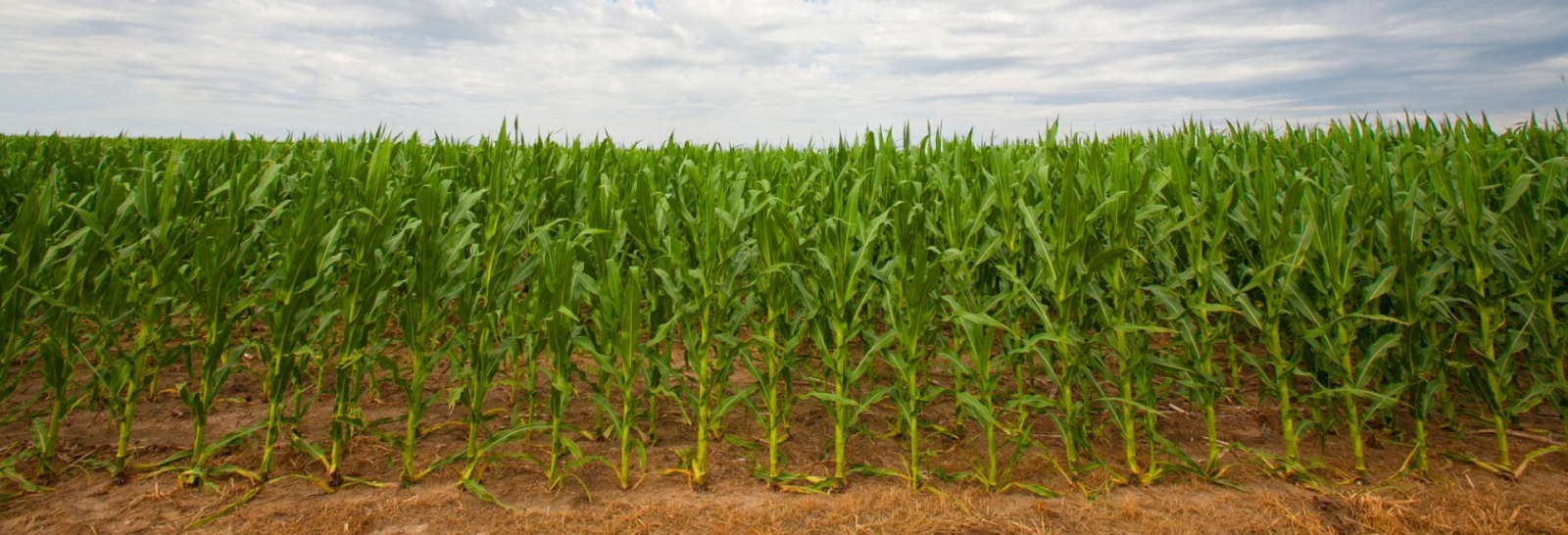Sept. 29, 2011
The introduction of large amounts of nitrogen into the environment has had a number of undesirable impacts on water, terrestrial, and atmospheric resources, according to USDA .
|
Nitrogen in Agricultural Systems: Implications for Conservation Policy |
A new report from USDA's Economic Research Service explores the use of nitrogen in U.S. agriculture and assesses changes in nutrient management that may improve nitrogen use efficiency. It also reviews a number of policy approaches for improving nitrogen management and identifies issues affecting their potential performance.
Findings reveal that about two-thirds of U.S. cropland is not meeting three criteria for good nitrogen management related to the rate, timing, and method of application. It recommends three best management practices:
- Rate: Applying an amount of nitrogen at a rate that accounts for all other sources of nitrogen, carryover from previous crops, irrigation water, and atmospheric deposits.
- Timing: Applying nitrogen as close to the time that the crop needs it as is practical (as opposed to the season before the crop is planted).
- Method: Injecting or incorporating the nutrients into the soil to reduce runoff and losses to the atmosphere.
According to the report, several policy approaches, including financial incentives, nitrogen management as a condition of farm program eligibility, and regulation, could induce farmers to improve their nitrogen management and reduce nitrogen losses to the environment.
USDA Economic Research Service
